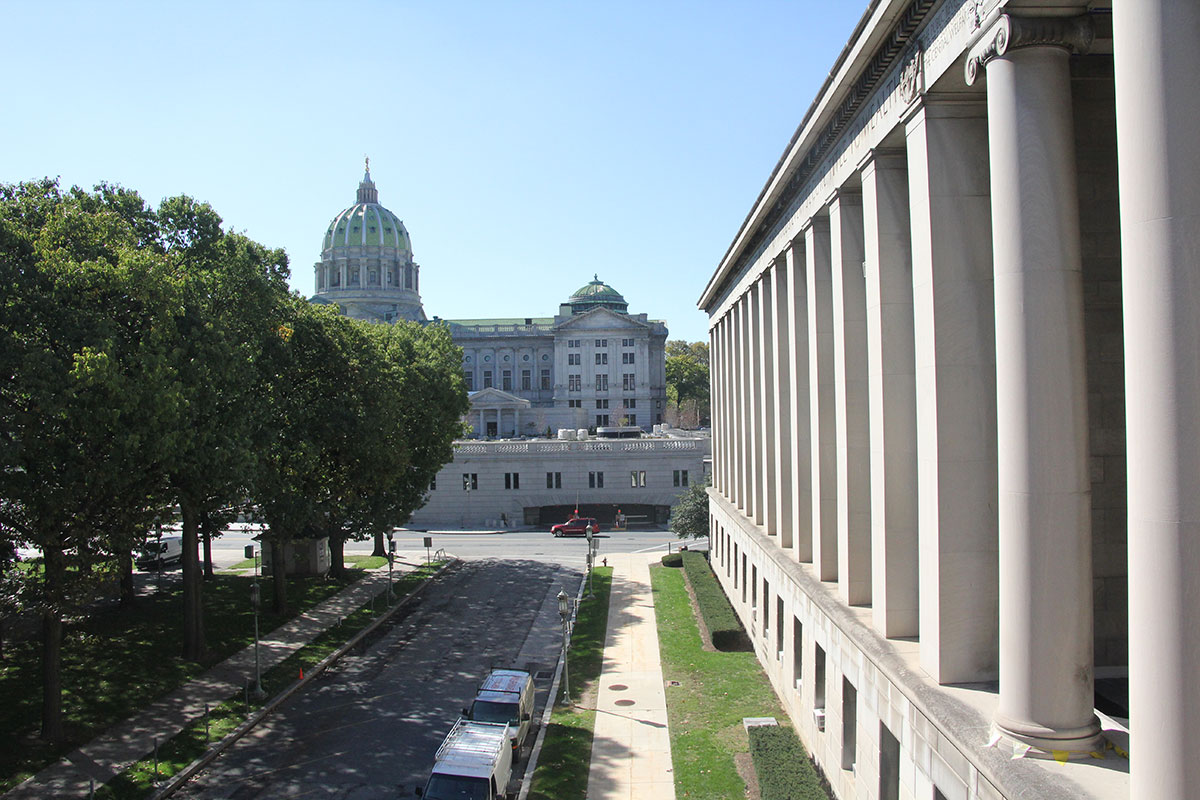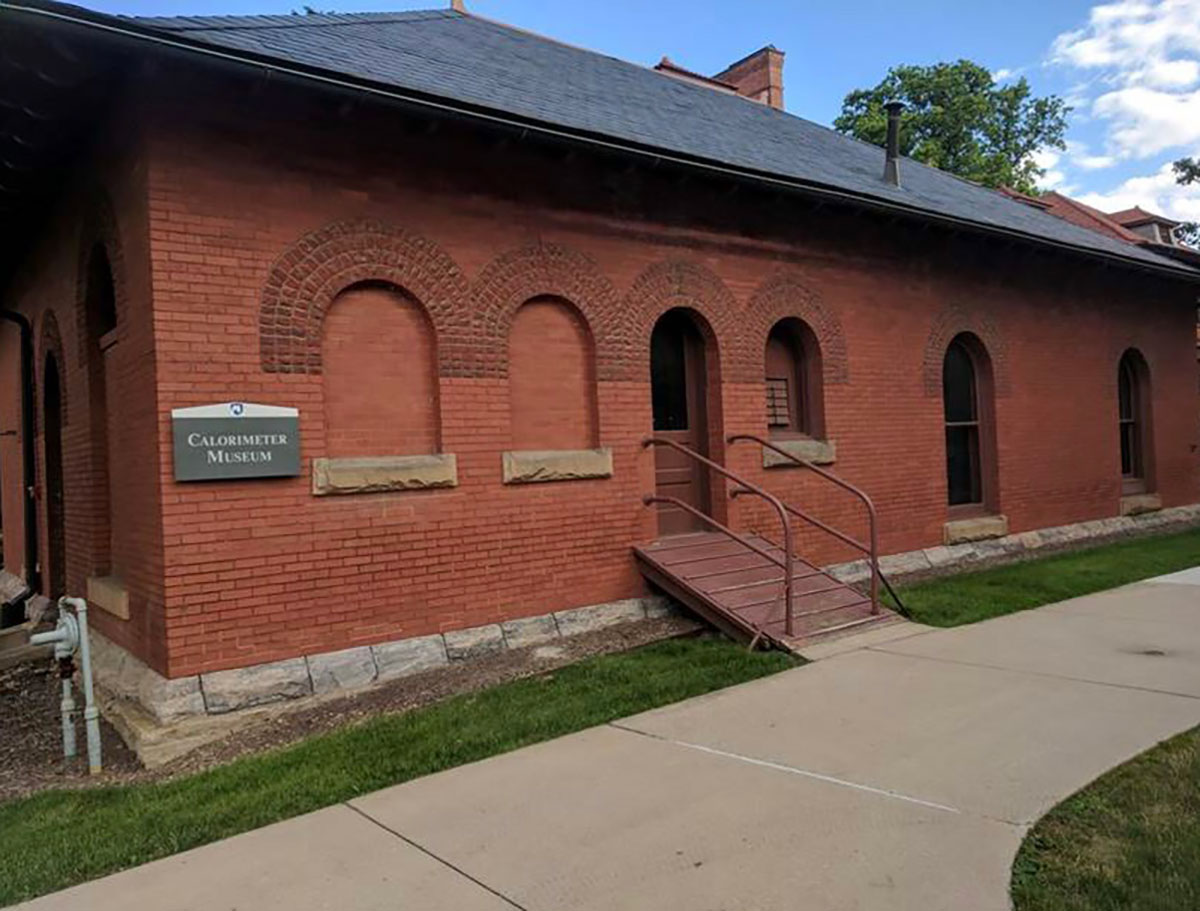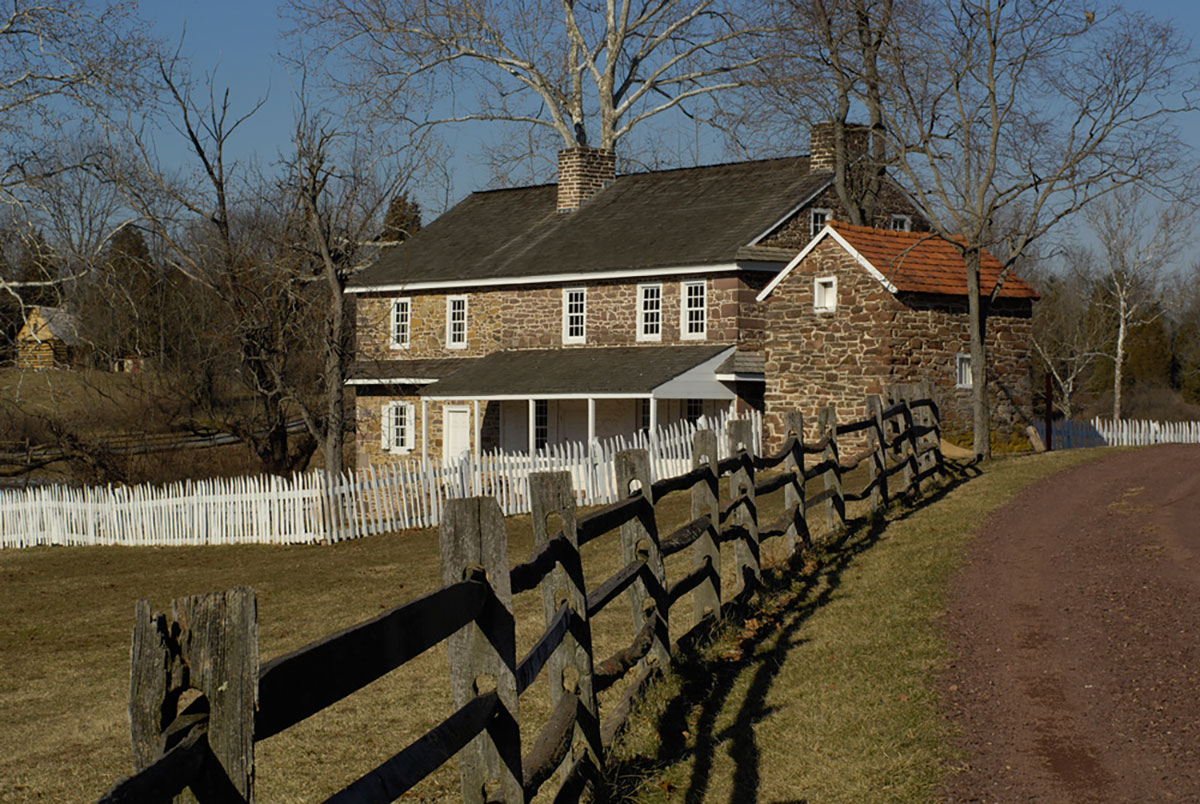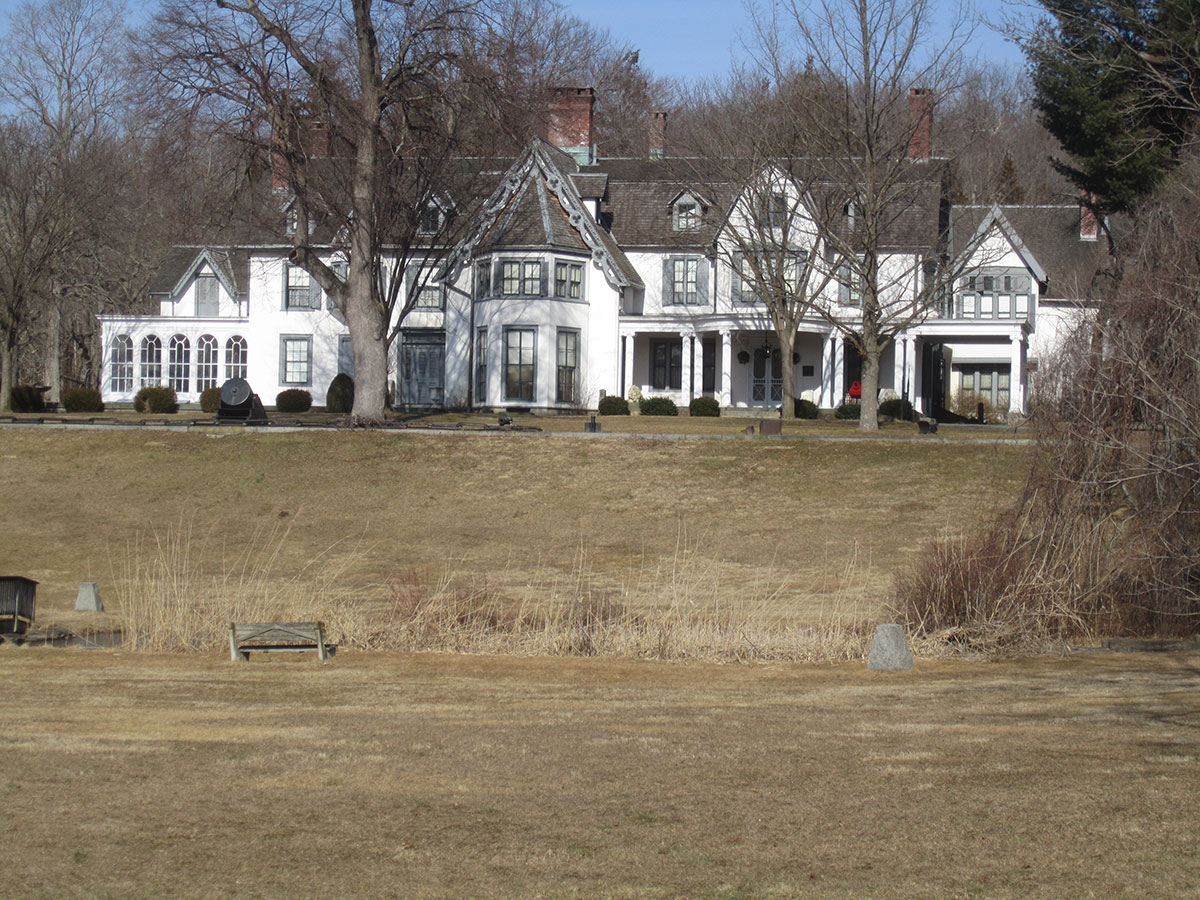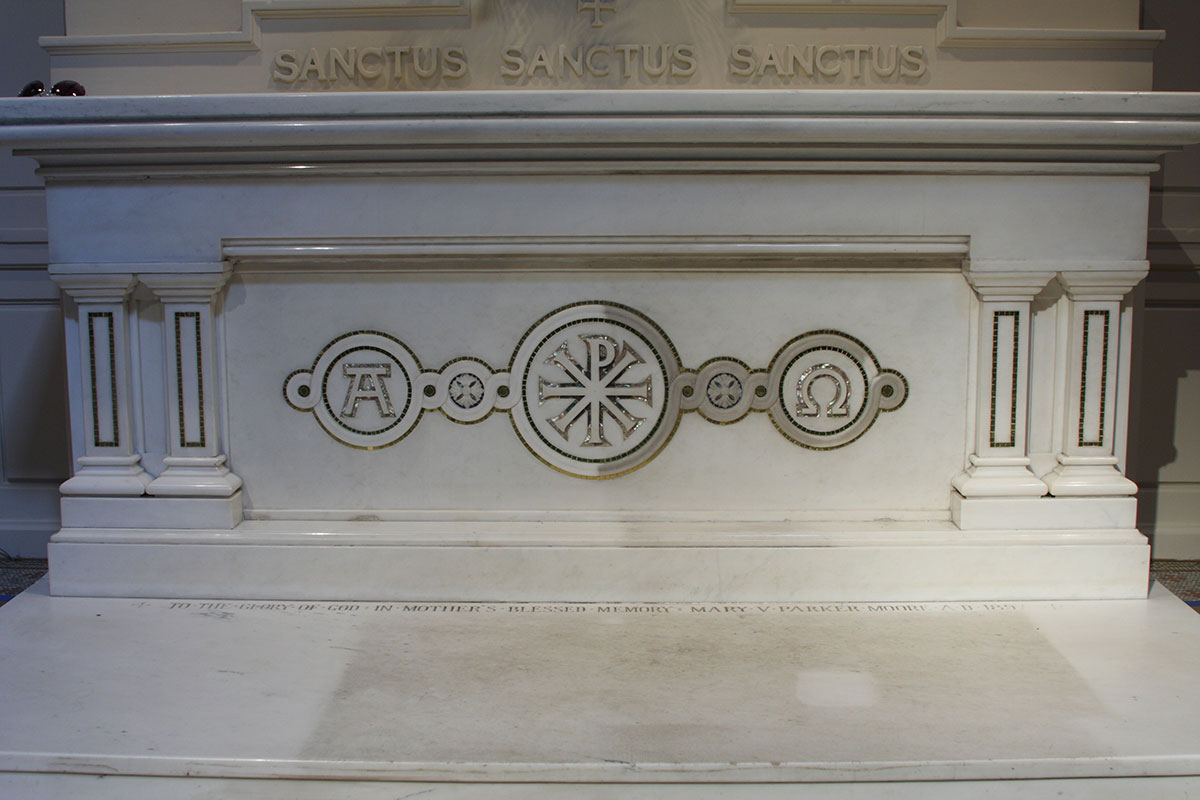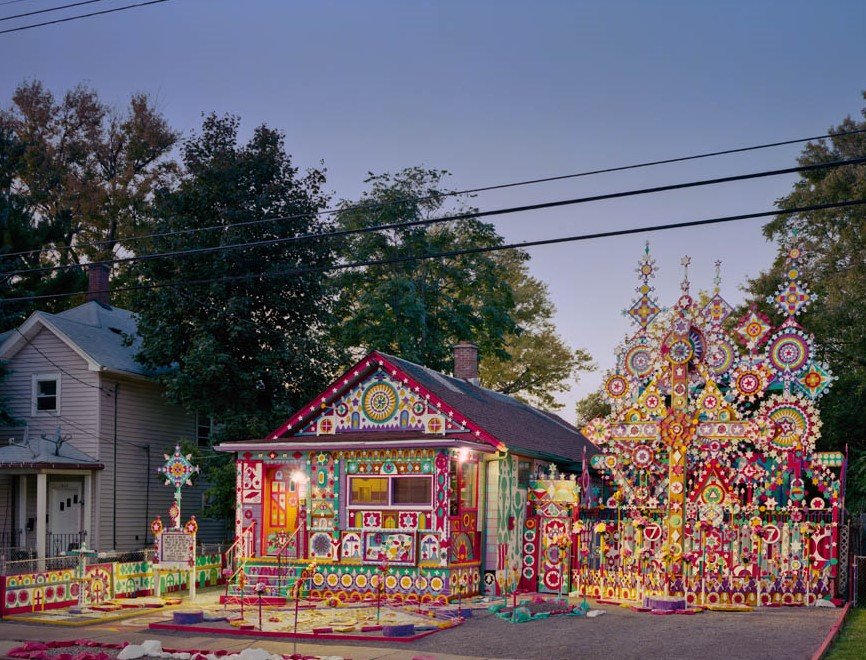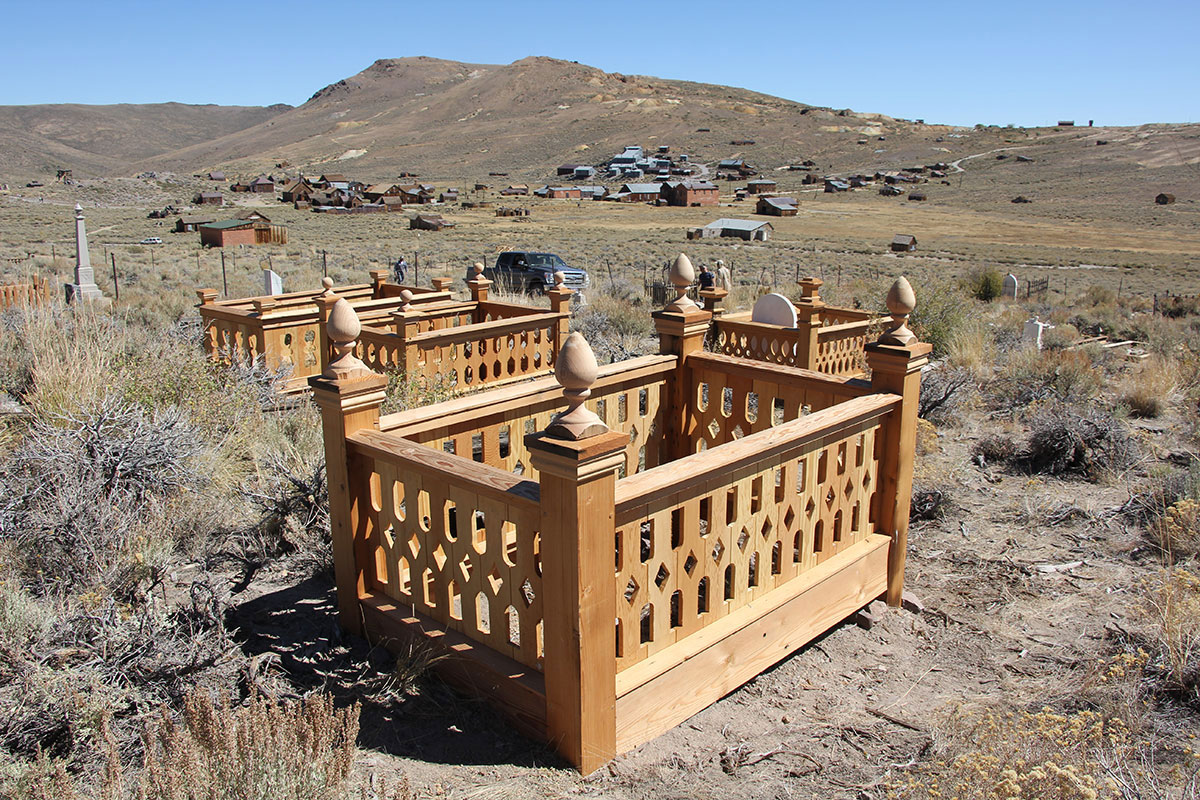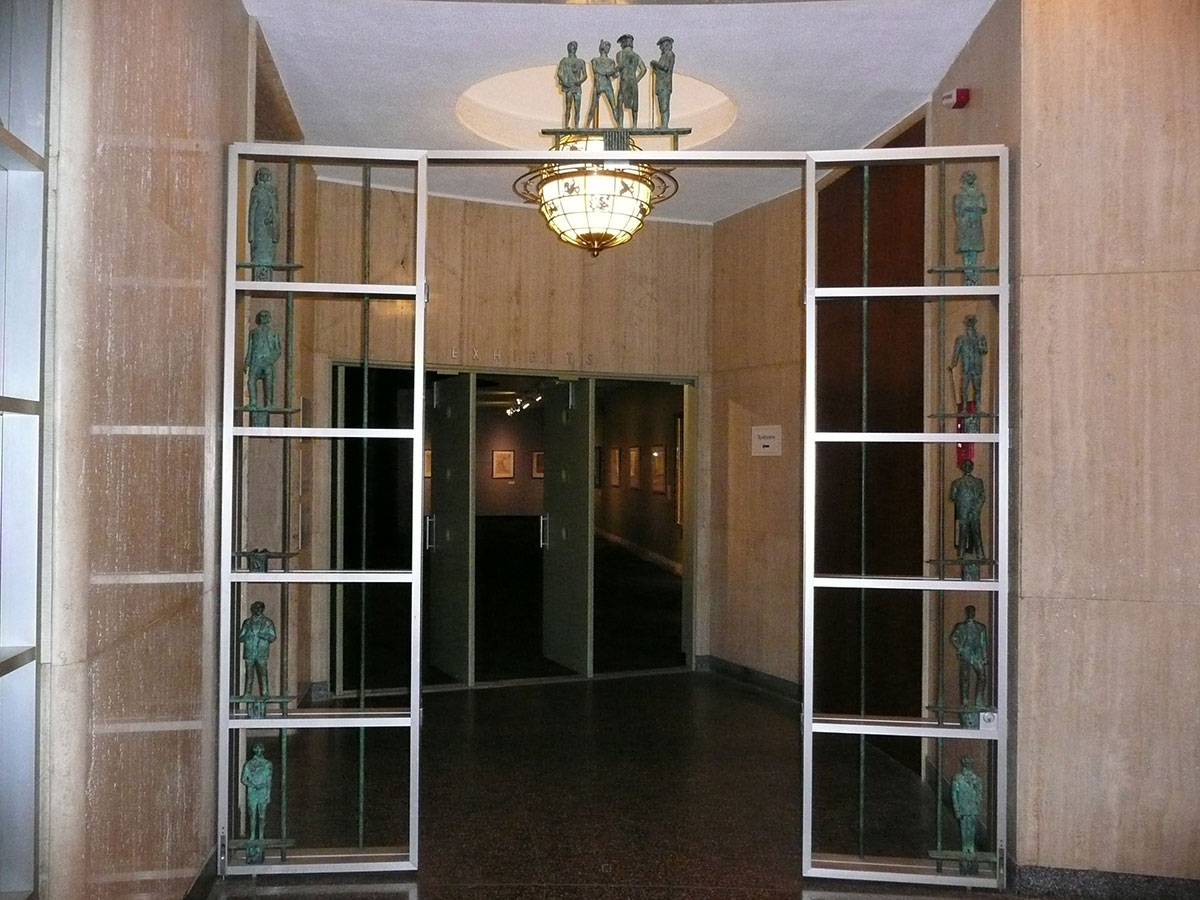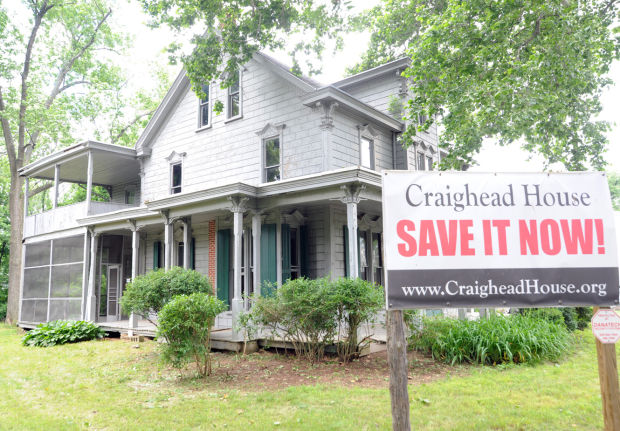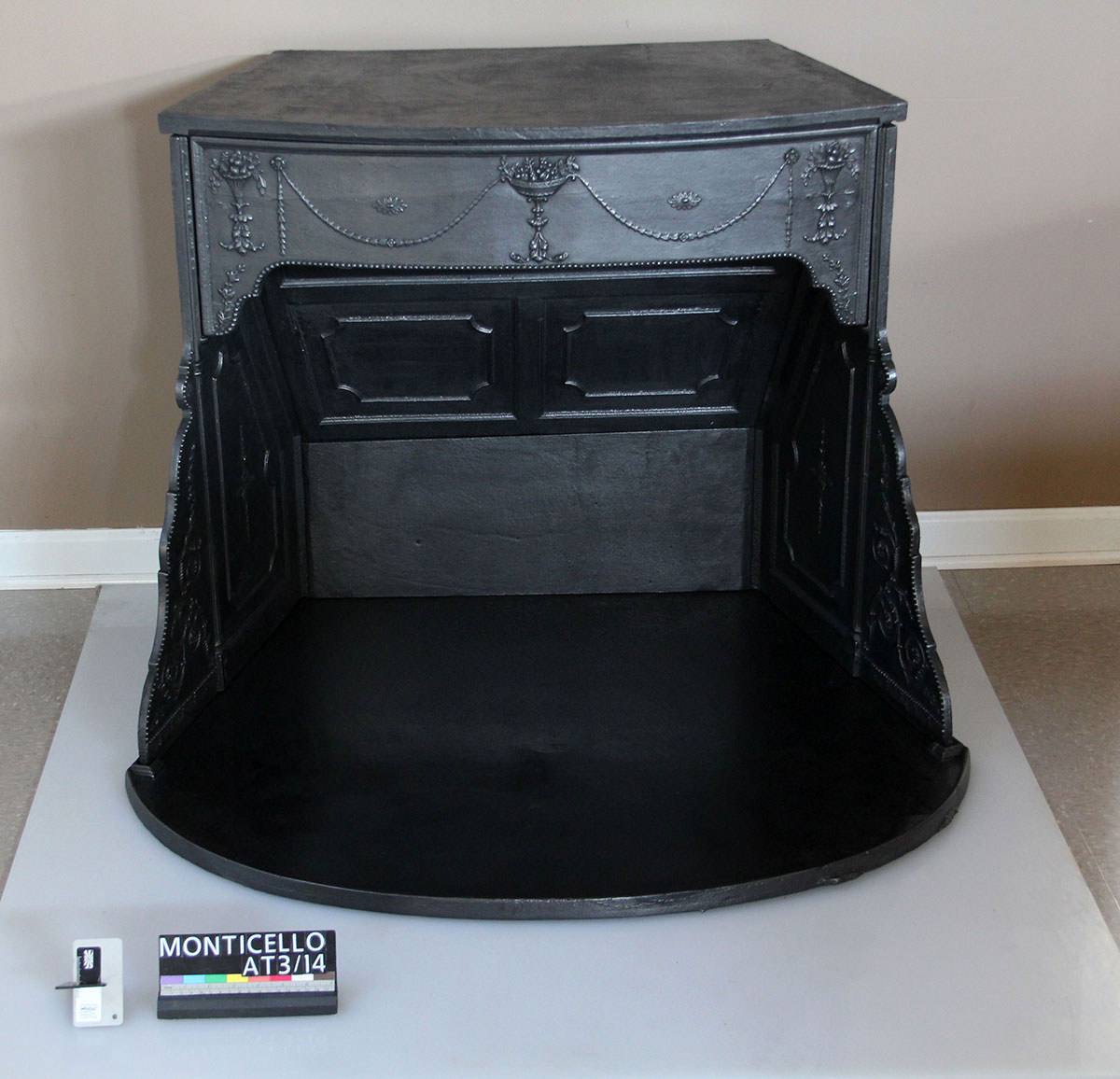Architectural conservation
B.R. Howard's architectural conservation portfolio includes indoor and outdoor projects were treated for disaster damage, general weathering, or conditions caused by time.
Architectural conservation and historical preservation
Some of humankind's most notable and enduring achievements have come in the form of architecture. However, without architectural preserving, wonderful and historic buildings would eventually decay, ultimately falling into ruin. Architectural conservation is the means by which experts repair, maintain, and sometimes even update great structures from the past.
Preserving our structures is hugely important to the future of our culture. Spaces create environments where our lives are lived, ideas are generated, and important events occur. We desire to see these spaces intact for years to come because they help us to remember where we’ve been and how far we’ve come. Our architectural conservation and historical preservation services do just that. If a building suffers from a fire, flood, or other damage we can assess the situation and recommend or complete the proper treatment methods. Our staff can travel to your site to make assessments and perform proper treatment as necessary.
Architectural Conservation
Architectural conservationists are concerned with both making architecture last longer and preserving important characteristics. For instance, replacing wood with metal might expand a building's lifespan, but it would also alter the building's character dramatically. Another way to think of architectural conservation is as a defense against undesired alterations, whether they come from natural erosion or man-made forces.
Additionally, more than just materials come into play. For example, conservation architects must be aware of the rules and regulations that govern alterations to existing structures in the area.
Historic Preservation
It is important to note that preserving a structure's historic character does not mean that the goal is to completely freeze the structure in time. In fact, one common objective of this process is to update buildings, extending their useful life and making them safer and more functional. Related to this is another common goal: repurposing existing buildings to serve new needs as they arise in the future. In some cases, preserving is about looking forward, not back.
Another important note is that a structure does not need to possess any particular traits to attract preservation efforts. For instance, a building that is not intricate or beautiful, but does hold some cultural or historical significance may be completely viable for conservation. Additionally, a structure does not have to be particularly old or from a particular era to be worthy of preserving. Different building styles fall into and out of popularity all the time, and all eras produced architecture worth preserving.
Indoor and Outdoor Preservation
Preservation can involve working on both indoor and outdoor elements of a structure. Both are important, and each presents a unique set of challenges. Some techniques are used in both types of preservation. Additionally, the first step in both types is to perform an extensive assessment, often involving testing of the structure's materials. This helps identify the necessary work, and the characteristics that need to be preserved.
Outdoor preservation can include cleaning a building's exterior, the stabilization of elements that are deteriorating or damaged, and installing elements like gutters that will reduce damage from water. It can also include gently removing paint and then repainting the surface. Larger repairs, such as replacing an extensively damaged roof, may be undertaken, albeit with the final goal of using replacement materials that preserve the structure's historic character.
Indoor preservation likewise includes cleaning, repair, and the replacing of elements as needed. Particularly weakened or vulnerable parts of the interior may be reinforced. All of this work is done while keeping significant characteristics, including the layout and features of each room, intact.
Preservation, whether indoor or outdoor, is always undertaken with methods that are as effective, yet gentle, as possible. For example, rather than stripping all paint from a surface, a conservation worker might only take the top layer off, leaving the undamaged lower layers intact.
Conclusion
B.R. Howard offers a wide range of architectural conservation services. We take on both indoor and outdoor projects. Notable examples of our past projects include the restoration of the tomb of former U.S. president James Monroe and conservation work for the U.S. Senate. To learn more about our services or launch your own project, please use our contact page. You can also get in touch via phone at 888-264-2959 or through email at office@brhoward.com. No matter how big or small your project is, we would love to bring our expertise to it.
Get an assessment for your architectural project
Let us know who you are, how we can contact you, and what you need.











